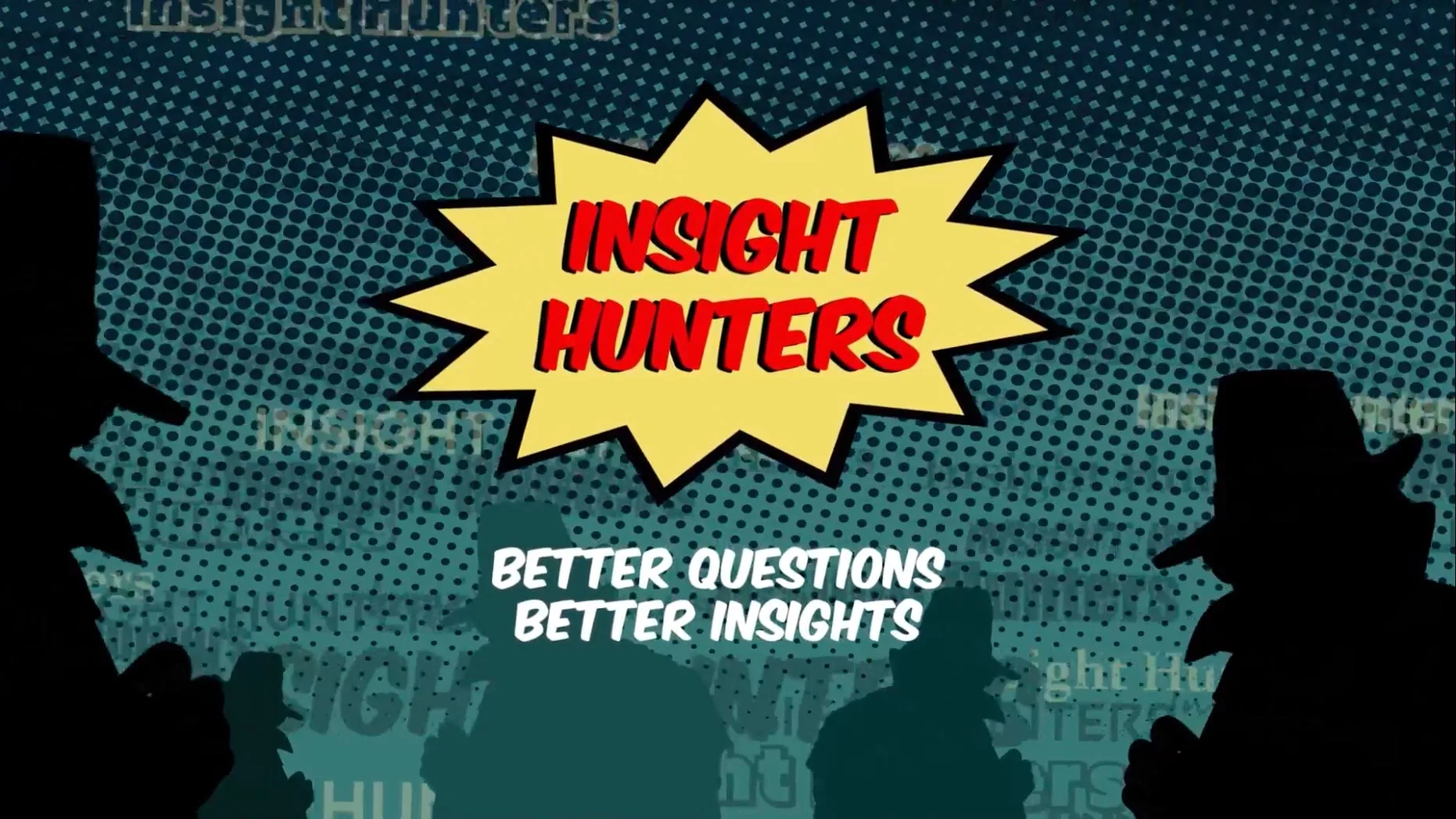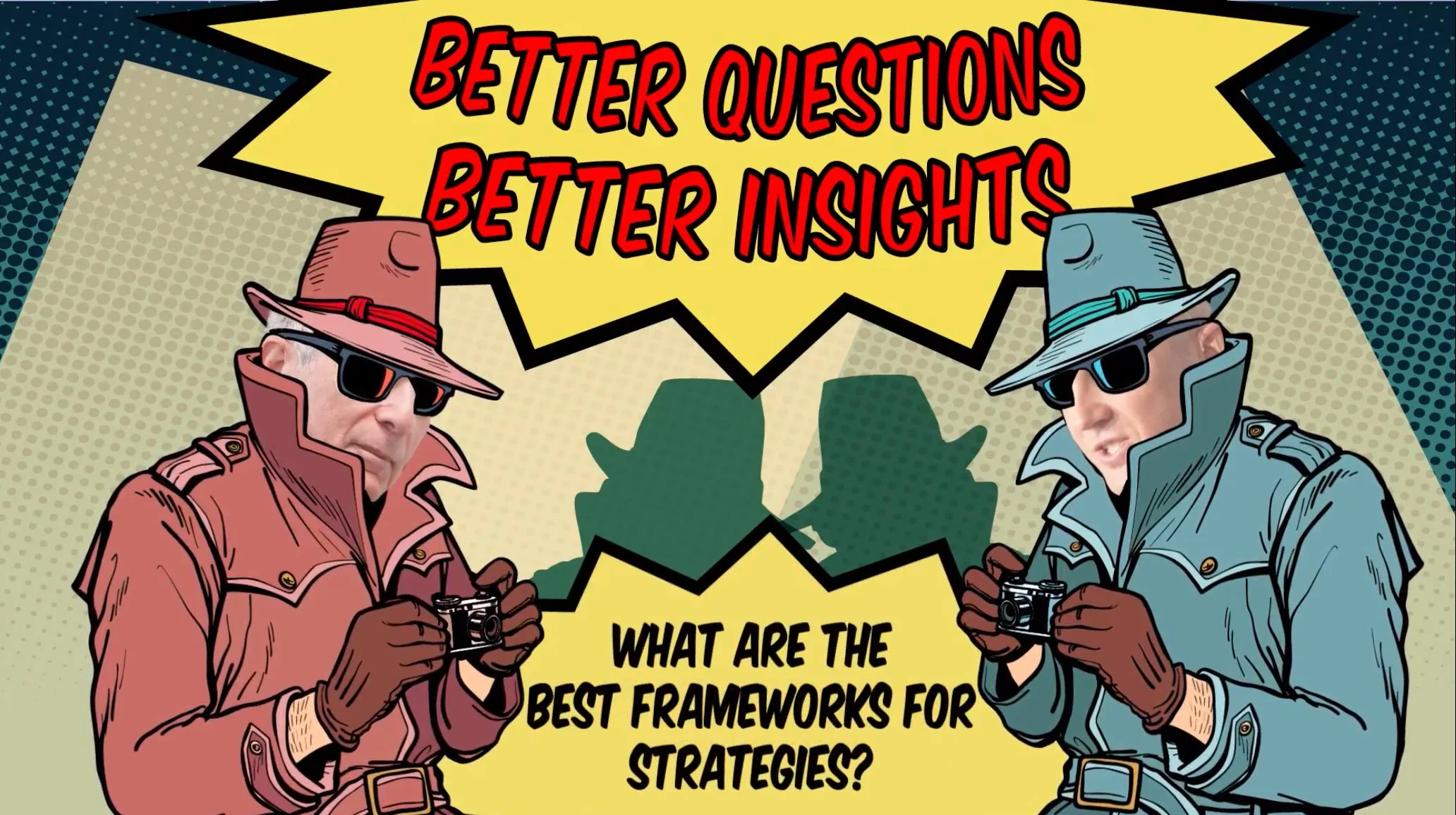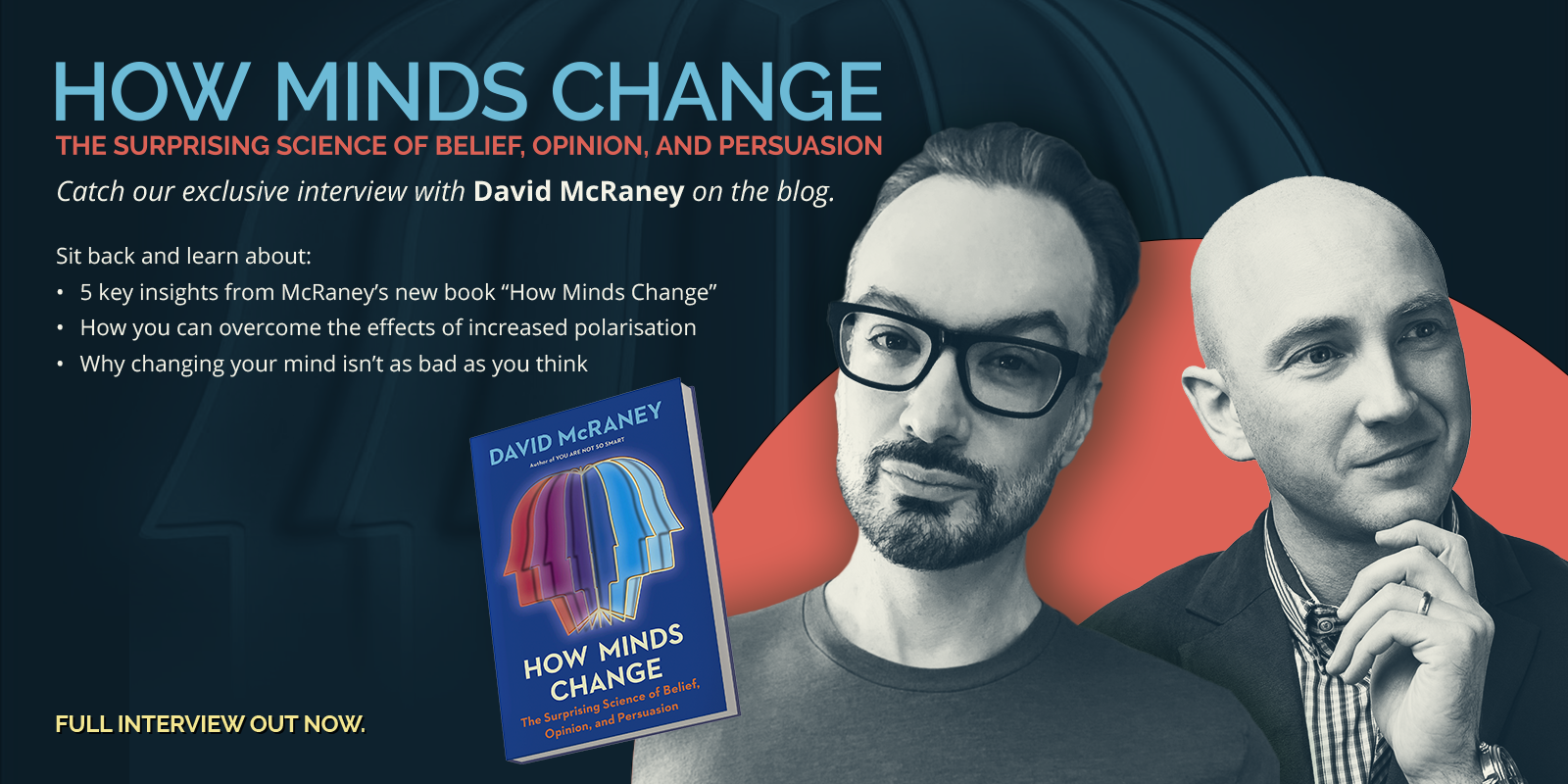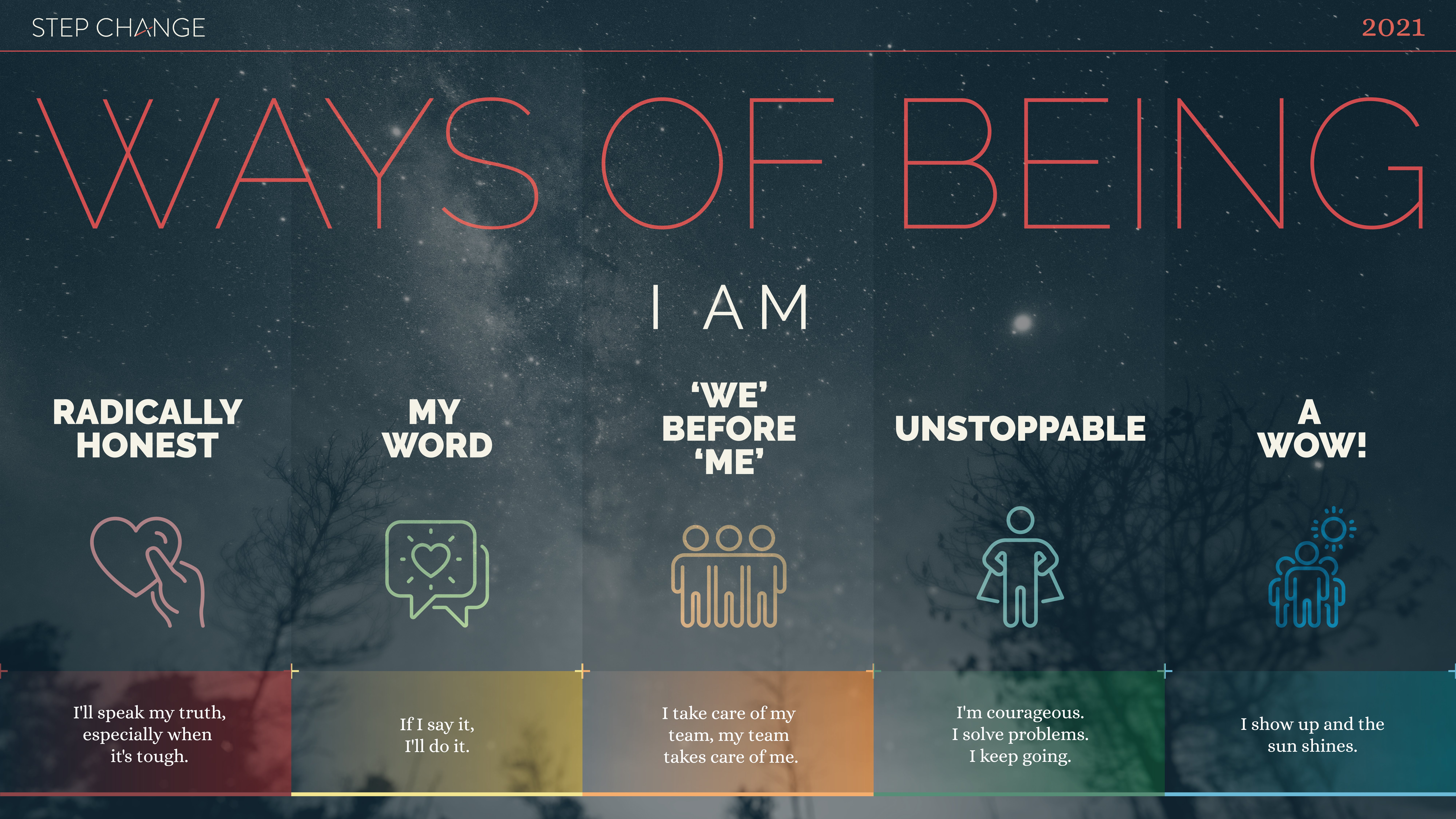KitKat wasn’t always the behemoth brand that it is today. It used to be floating around with all other Nestlé products, struggling to gain traction and make a name for itself. Like KitKat, many businesses often have a great idea or product but often find it difficult to get people to buy. Because the truth is, it’s often the best marketing, and not the best product, that wins.
And the reason for that is that people don’t take the time to understand why people buy. Now there’s only so much I can do in an article as we’ve distilled about 28 books, hundreds of articles, and thousands of pages into our Invisible Communications Capabilities Training Intensive, our session on buyer psychology and behavioural economics.
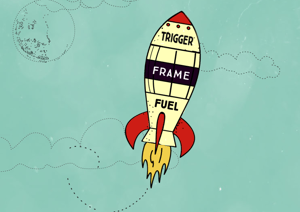
Anyway, I’m able to give you a sniff of the magic of understanding why. We’ve boiled it down to a system that organisations can follow to maximise success in communication. The three parts are Trigger/Frame/Fuel, and I’ll cover them briefly below.
So one of the key challenges brands often face is how to get people to consider them in the first place…
Learn more by signing up for the Invisible Communications email series.
The Currency of Attention
The first currency we need to focus on is not financial — it’s the currency of attention. This is because if you don’t get noticed, everything else is academic.
It’s easy to say but hard to do, and it’s not just about being noticed. It’s also about being noticed for the right reasons.
See, before people buy, they must first buy-in. Communication precedes action. And attention precedes communication. And communication isn’t sent — it’s what’s received. And most companies massively overestimate the ‘listening’ or the attention they’ve been granted by the audience. Effective communication is the messaging people don’t see (or invisible communications). And effective communicators start by asking, “What do I need to do to get noticed here?”
1. The Trigger. “What everyday concept can we attach our brand to?”
To get noticed, we need to find the right trigger in people’s mind so that everything else follows through. It’s Skinner’s Operant Conditioning meeting Pavlov’s Classical Conditioning. We don’t have time for a sideline into the nuances of psychological conditioning, but let’s just say the goal here is to get your audience salivating when your brand rings the metaphoric bell.
A trigger is something that attaches to a concept that we want. This means everytime we see that trigger, we associate something else to it. Think about triggers being real-world (objects or activities or in the mind) thoughts and ideas. The point is, we take something exciting in our audience’s mind, and in that moment, we augment or attach our message.
So if you want people to think about your brand, what you sell, and your service, look for triggers that are already in the mind or in people’s day-to-day life.
For KitKat, that trigger was coffee. 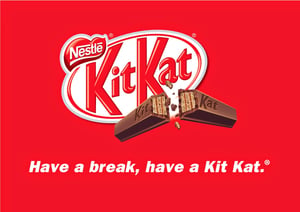
Because there were so many popular Nestlé products to compete against, KitKat decided that they needed the right trigger. They thought about something existing and of value to people that they can associate with.
But why coffee, you ask?
Well, we associate coffee with taking a break. It’s scheduled every day and highly valued.
KitKat realised that their chocolate bar actually went very well with coffee. By attaching to the idea of a coffee break, people soon associated that trigger to opening a KitKat bar.
And that was how they came up with the line “Have a break, have a KitKat.”
Even better than KitKat’s “break” and there’s a coffee “break” — genius!
The magic was not the line itself but finding the right trigger to associate to. And the rest was history. KitKat’s story proves the power of finding the right trigger.
A key concept here is the the diagnostic and effective frequency — but I can only cover so much here.
2. The Frame. “How do we frame the decision for advantage?”
Framing is all about drawing the right focus to your product and message.
It is changing the way information is presented to influence how people view your products to impact their decision making.
It’s about how the concept of the frame changes the way the picture looks. A large ornate gold frame makes a picture look very different than if it were in a slim-lined modern frame.
Same goes for people and how we ‘frame’ the information we’re looking at.
If we understand the frame our audience are using, we can reframe it. If we can change the frame, we can change their decision.
Daniel Kahneman won a Nobel prize in economics in this area, proving beyond a doubt that people make emotional decisions and make rational justifications. In fact, up to 23–47% of any audience might change their decision if exactly the same information is framed in a different way. Once again, I can’t do the concepts justice in a short article… But…
In the Invisible Communications Capabilities Training that we give to clients, we introduce eight essential framing tools that will help you frame buyer decisions.
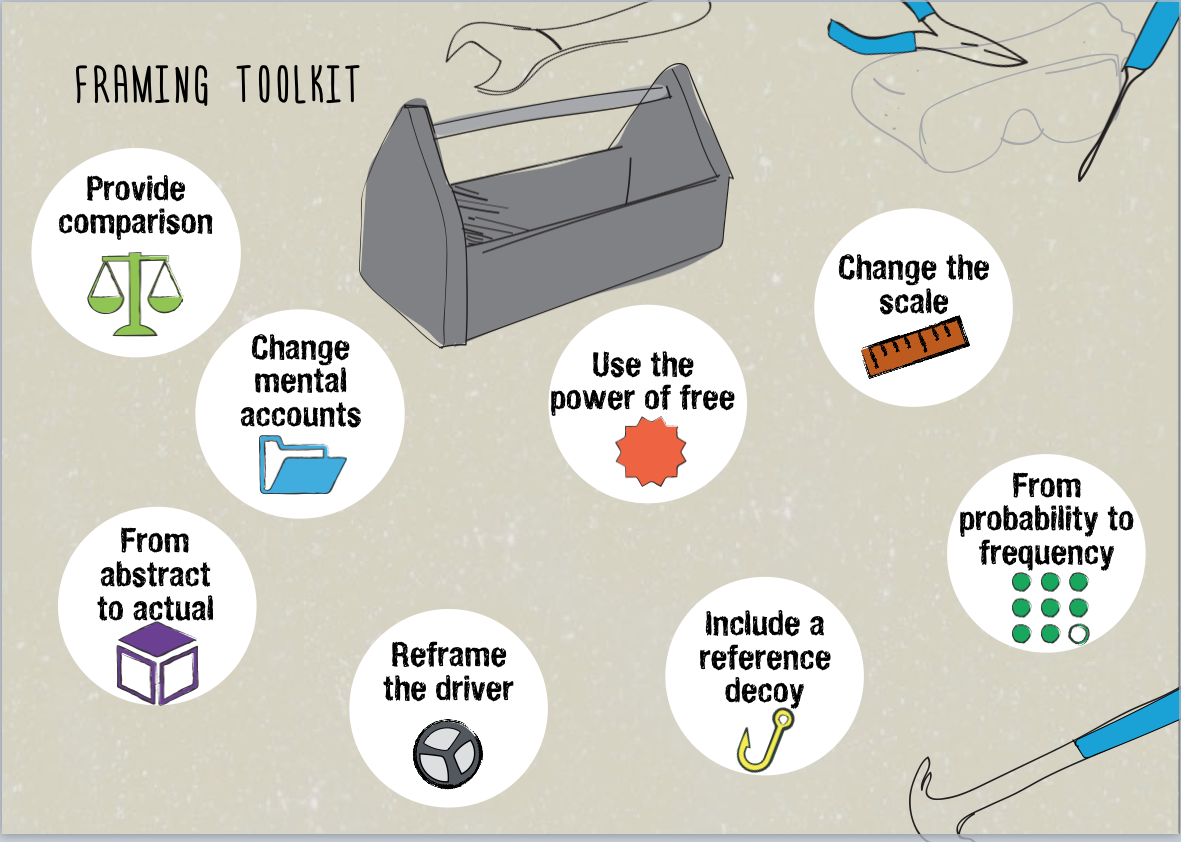
In this article, we will dive into three of them.
- Decoy Pricing. When presented with two products with equally similar attributes, people often find it difficult to make a decision. It’s often complex to compare and hard work. People tend not to be stupid, but they are lazy!
Decoy pricing understands this. Decoy pricing involves influencing purchasing decision between two products by presenting a third option — a decoy ‘similar’ to one product but noticeably ‘worse’.
The less attractive decoy isn’t chosen in considered evaluation, but it makes the similar version look more attractive. So if there’s a choice between A and B and I introduce a C (which looks like A, but worse) more people choose A.
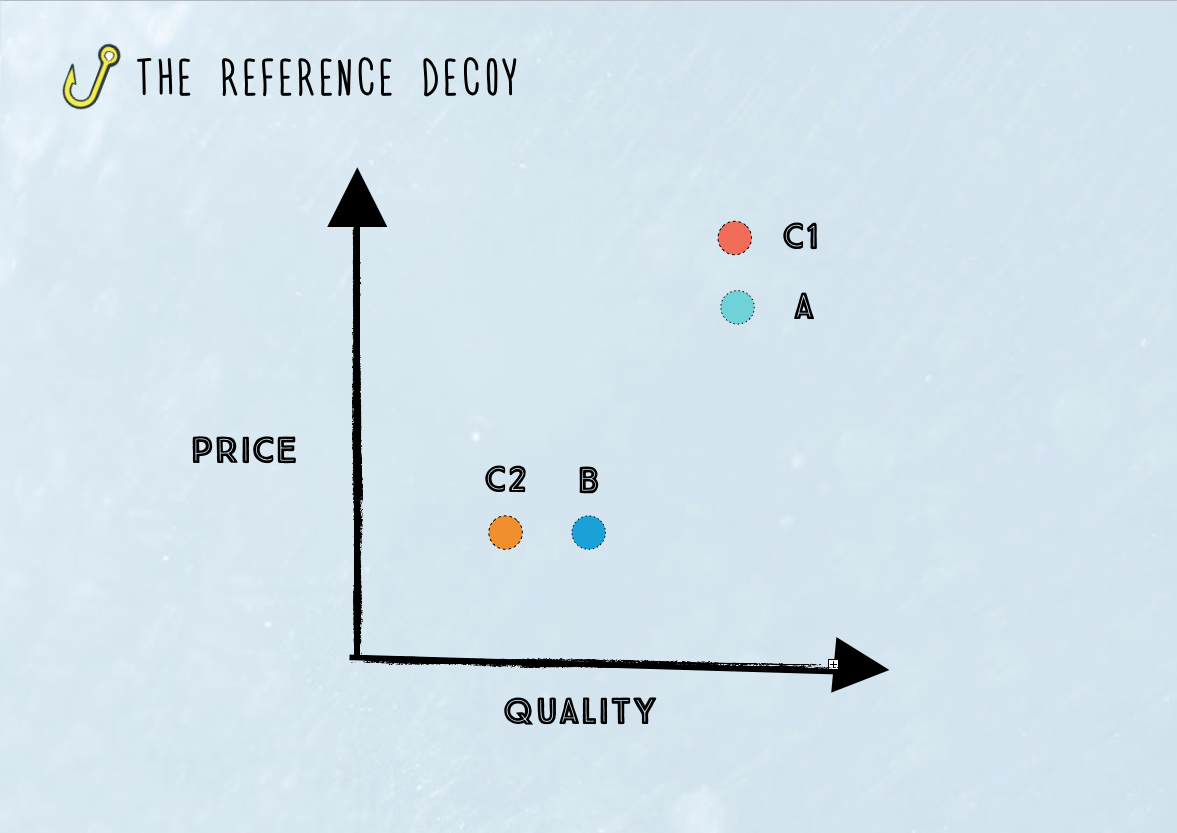
By adding a decoy product to the mix, you help your consumers rule out the lesser quality, same-price value product for the high-quality, same-price value product, making the choice a no-brainer.
- Probability and Frequency. Frequency gives the prevalence of an occurrence whereas probability gives a statistical percentage. In dealing with probabilities and frequencies, we can relate to data best when we say “1 out of 10” rather than use a percentage. People just cannot fully relate to a “0.1” statistic.
It’s because we can relate to the whole 1 in the 1 out of 10 (and we neglect the 10 — it’s called denominator neglect funnily enough). But we don’t have a sense of a “0.1 of something”. It’s not a real-world concept.
So when we have low probability events that we’re trying to get people to take precautions against, such as when we’re selling insurance packages, we’re much more likely to get a better response if we say “3 out of a 100 businesses experience this” rather than saying “3 percent of businesses.” Subjectively, audiences relate much more to the first statement.
On the flipside, we want to downplay the downside of an essential operation where a doctor needs to disclose risk, but you don’t want a person stressing out as that can cause even more problems. Here, operation risks are best disclosed as percentages vs frequency if we want to keep patients informed but calm. For example, “Only .003% have complications” vs “3 in every 100,000 have complications”. The same information is experienced very differently by most people.
So use probability over frequency when you’re trying to minimise a subjective experience over an event.
- Providing a Comparison. Let’s take a look at these two offers below when drawing support to help fund underprivileged children around the world. You’d have seen it a thousand times but maybe just not asked why.
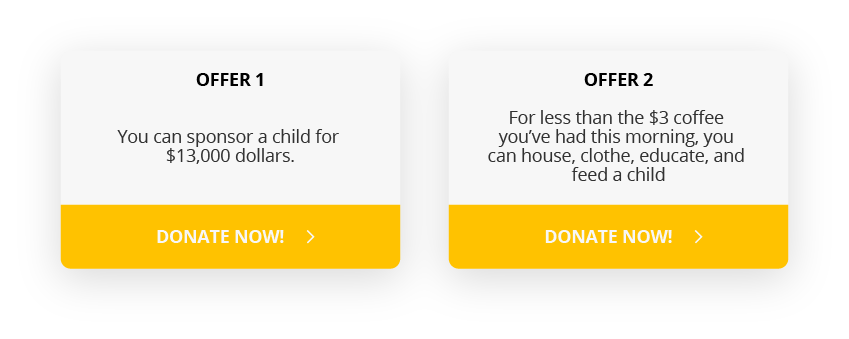
Offer 1 uses a lump sum amount that may overwhelm who you present your offer to. It just doesn’t give you any point of reference to actually relate to.
Offer 2, on the other hand, provides a good reference point with the use of the $3 coffee, which makes it relatable and easier to consider and say yes to.
The framing changes everything — and you know that successful charities know it. But the question is, do you think about this when you’re communicating?
3. The Fuel. “How do we amplify our message?”
There’s a bunch of thinking that goes into fuel. This section asks, “How can you amplify your success?”
Are you using your systems to scale effective communication?
We find that most businesses haven’t actually ordered the way that their customers or clients engage with them. They haven’t looked through to identify the minimum amount of steps that customers need to take to buy their products.
- Where are the barriers?
- Where are people getting stuck?
- Where are people making decisions?
For the best chance of success, you have to make sure you’re using the right triggers and frames and remove any unnecessary steps for your customers.
Make it simple and personal first. Only then can you really make your products scalable.
So there you have it, the three parts of Invisible Communications, the factors that explain why people buy:
- Trigger - How will we get them to think about us at the right time?
- Frame - How will we get them to decide in our favour — the right decision?
- Fuel - How do we keep the success going — the right way?
Easy say, but hard to do. Just remember, how people think they communicate often isn’t actually how they actually communicate.
Hopefully the above was a little taste into the hidden drivers that make people buy.
So always start with why, and you’ll end up increasing your chances your customers will end with buy.








